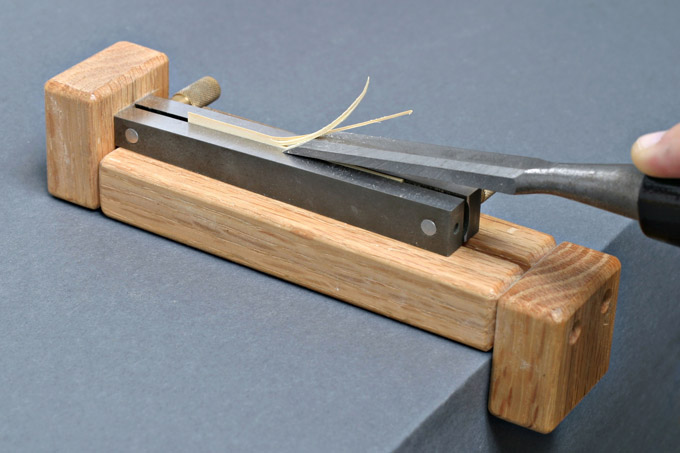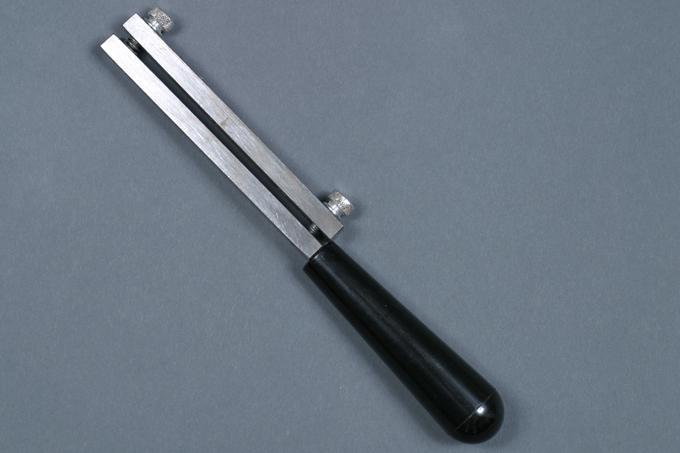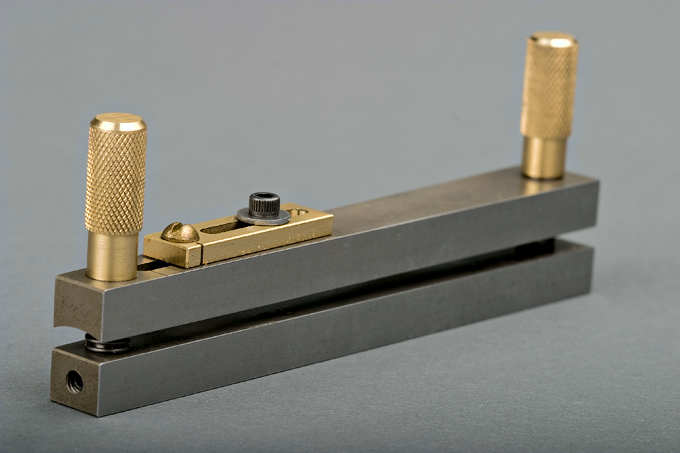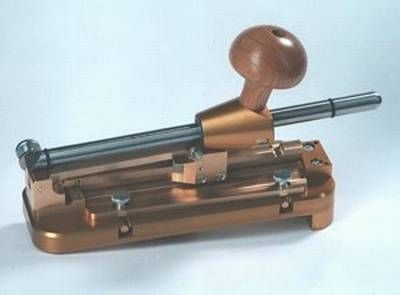Clarinet Reed Making
Shaping
 This step is very easy if you have the right tools. First you need to decide what kind of taper you would like. Tapers can range from a fairly traditional V12 style, to a faster taper like a Gonzales, or even custom measurements of your own. Do not underestimate the difference that the taper will have on the sound and response of the reed. I would recommend starting with a taper similar to the reed you like the most and experiment from there.
This step is very easy if you have the right tools. First you need to decide what kind of taper you would like. Tapers can range from a fairly traditional V12 style, to a faster taper like a Gonzales, or even custom measurements of your own. Do not underestimate the difference that the taper will have on the sound and response of the reed. I would recommend starting with a taper similar to the reed you like the most and experiment from there.
Shaper Technique
A proper shaper just needs to follow a few simple concepts. Most importantly it should cut from thick to thin or tip to butt. If you cut from the thin to thick, the cane tends to tear along the grain into the shaper, thus ruining your blank. You should never cut towards yourself. The shaper should be easy to hold and offer quick tightening action.
It is quickest, easiest and safest to cut the reed with a chisel. Chisels are precision tools and can be sharpened to a very fine edge. The excess material will be completely and cleanly removed with only one or two strokes. The weight of the chisel makes it much more effective than the more commonly used, exacto or razor knifes which are not as safe to use, cannot be sharpened, and take much longer to finish the taper.

Shaper Models
The Reed Machine Shaper by Robert Dilutis
Robert Dilutis offers a fine shaper that is modeled after a V12 taper. They can also be made to your custom measurements. The Dilutis shaper has a standard handle design. You hold it with one hand and cut with the other. It can be easily used with a chisel or other blade. To get the most consistent measurements, it’s helpful to use a piece of tape to mark the exact point to put the cane each time.
.
.
.
.
.
.
.
 Precision Music Products Shaper by Greg James
Precision Music Products Shaper by Greg James
The Greg James shaper is made to order, and he will grind them to any dimension. The steel is heat tempered, so the finished product does not suffer any scratching while cutting(the blade slides more smoothly along the steel). It has to be used with the included wooden brace. You set brace on your table and then put the shaper on the brace. One side of the reed will be sticking up and you cut it to shape with a chisel(both hands on the chisel, you don’t hold the shaper or brace). The shaper has an adjustment screw on one side that acts as a stopper for the reed. You can slide this up or down to change the overall width of the reed. This saves time vs. guiding it to a visual mark and ensures that the resulting blanks are exactly uniform.
.
.
.
.
.
 Reeds n’ Stuff Shaper
Reeds n’ Stuff Shaper
This shaper is unique in that it is completely adjustable. This shaper can make any type of reed, from Eb clarinet to baritone saxophone. It has mechanized blades the cut to shape in one quick stroke. The reed rests against a flat stopper, so it is critical that the blank has been cut cleanly and squarely on each end, otherwise it will want to skew to one side. After resting the guiding the reed on the cutting rails, you bring the arm down. The arm simultaneously holds the reed and place and drags the mechanized cutters to cut the reed. It cuts in one stroke and the blank is finished.
The final product is no better than the other shapers mentioned in this guide, but the adjustability and speed of this shaper has a great appeal.


